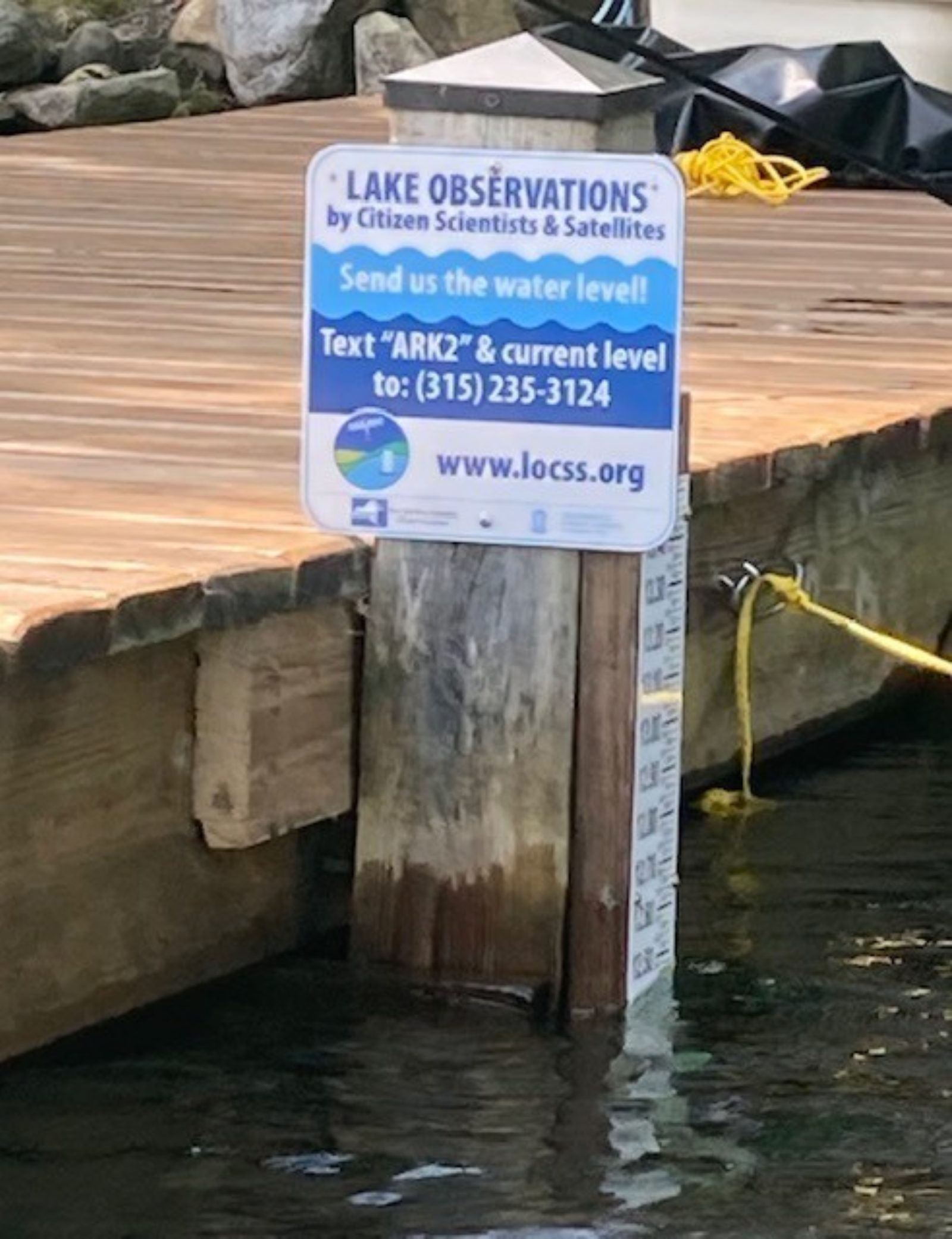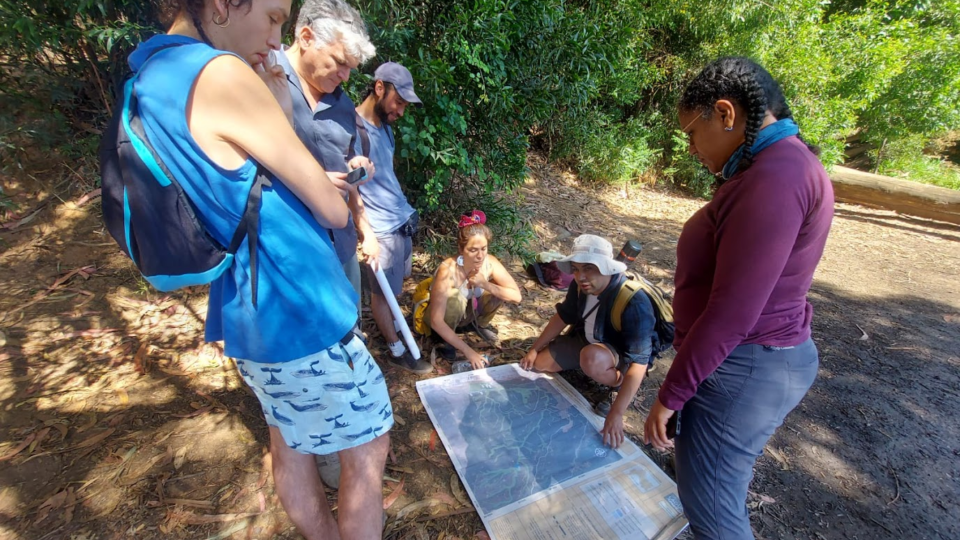A Milestone Reached, and An Opportunity For Learning
 LOCSS sign and gauge in Herrick Lake in Wheaton, Illinois. Photo by Dan Grigas, Forest Preserve District of DuPage County.
LOCSS sign and gauge in Herrick Lake in Wheaton, Illinois. Photo by Dan Grigas, Forest Preserve District of DuPage County.
Shortly after 12:00 PM on July 2, 2019, we received a text message from a citizen scientist in Illinois. It read, simply “HKL2 1.70”. If you have seen a lake gauge and sign in any of our study lakes, you recognize that this is how one would report a lake height. In this case, the citizen scientist was letting us know that Herrick Lake in Wheaton, Illinois was at the 1.70-foot mark on our lake gauge. It was a standard text message, and similar to ones that we have received many times before. This particular measurement, however, is special because it was the 3,000th lake height measurement that we have received as part of the LOCSS project!
We are very excited to have reached this milestone, which would not be possible without a great deal of hard work from our partners and collaborators, and a large number of citizen scientists. We are now studying 61 lakes in North Carolina, Washington, Illinois, Massachusetts, France, and Bangladesh.
Reaching a milestone is often an opportunity to not only appreciate how far you have come, but to also search for lessons learned that will help you moving forward. That is true in this case as well, as we took this opportunity to see what we could learn about our program from receiving our 3,000th lake height measurement.
We reached out to determine what motivated this citizen scientist to send in the measurement that turned out to be our 3,000th. “I was just out for a walk as I work nearby. I saw the sign to report a measurement so I did it because it seemed it would be helpful” the citizen scientist responded. This measurement was the first one reported by this particular citizen scientist, though we hope it won’t be the last. We have found that a large number of our citizen scientists have submitted just a single measurement. To date, 672 different citizen scientists have submitted lake height measurements, and 76% of those have done so just once. Alternatively, just 5.7% of our citizen scientists have submitted 12 or more measurements.
We have found, though, that our project is most successful when we have a mix of dedicated, long-term volunteer citizen scientists as well as people who submit just 1 measurement. In fact, the small number of citizen scientists who have submitted a measurement 12 or more times have actually provided more than 60% of the total number of lake height measurements. These citizen scientists often help us make sure that we get measurements on the most important “target dates”. The citizen scientist who just happens to be visiting a lake one day, sees a LOCSS gauge, and decides to submit a measurement just one time are important as well. Those measurements help fill in gaps in the data and help us reach a broader audience. We believe that engaging the public in scientific research is beneficial to both researchers and communities. Ultimately, we hope that the measurements submitted by citizen scientists will help us all learn more about these lakes, which are important natural resources to the communities in which they are located.
Our 3,000th measurement was submitted for Herrick Lake. It is one of 17 lakes that we are currently studying in Illinois. We began studying lakes in Illinois when Holly Hudson, Senior Aquatic Biologist for the Chicago Metropolitan Agency for Planning, reached out to the LOCSS team. Holly connect us with several folks in the area, and in May, we were able to install gauges in 14 different lakes. However, several other lakes would be good additions to our project if we could find a way to put gauges in them. One of those lakes was Herrick Lake, in Wheaton Illinois.
Herrick Lake is roughly 19 acres and is relatively shallow, reaching a maximum depth of about 15 feet. It is one of the many natural lakes in this area of the state that were formed as glaciers that once covered the area receded around 12,000 years ago. Today, it sits within the 887-acre Herrick Lake Forest Preserve, a popular public natural area managed by the DuPage County Forest Preserve District. Herrick is a natural lake, large enough to be seen in satellite imagery, with public access and high visitation from the local community. It is a great candidate for the LOCSS program, but our team wasn’t able to install a gauge in the lake during our limited time in Illinois in May.
So Holly connected the LOCSS team with Dan Grigas, a Fisheries Ecologist with the Forest Preserve District of DuPage County. Dan was interested in including several lakes within the Forest Preserve District in our project. “It is important for us to try to widen our understanding of how our environments change over time,” Dan said when asked why he agreed to work with the LOCSS team. “This includes how changes in climate patterns in both the near-term and long-term can affect freshwater ecology. This program also allows for and relies on citizen scientists to participate, which strengthens the relationships among government agencies, the people they serve, and the environments that we all treasure.” Dan offered to install gauges in additional lakes if LOCSS could supply the materials, and his team has installed LOCSS gauges and signs in Herrick, Deep Quarry, and Harrier Lakes.
The story behind 3,000th lake height measurement is the story of what has made the LOCSS project successful. It is the story of a partnership between the LOCSS team, local partners, lake managers, and citizen scientists working together to gather information to better understand a lake in a way that benefits all parties involved. We are grateful for Holly, Dan, and this citizen scientist. We are grateful for the efforts of our many partners & citizen scientists across four states and two other countries. Without them, the LOCSS team could not do the work we do to better understand these lakes.
LOCSS News
We share stories about the lakes in our study, our partners and volunteer citizen scientists, as well as interesting results from our research.





